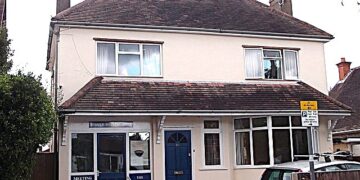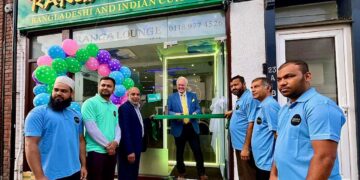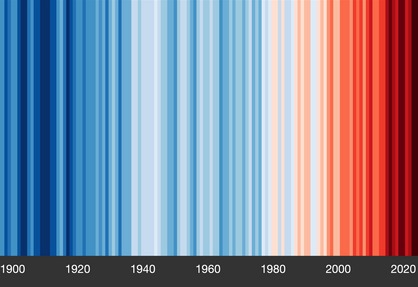WHAT’S being done in the borough to address the climate emergency?
In 2018 Professor Ed Hawkins (National Centre for Atmospheric Science at the University of Reading) created a striped image to illustrate global temperature rise.
Vertical stripes represent the average temperature each year from 1850 to 2024, with blue shades showing cooler years, and red indicating higher temperatures.
Recent years carry deep red stripes, indicating rapid planet heating.
In July 2019, Wokingham Borough Council unanimously declared a climate emergency.
Its Climate Emergency Action Plan (CEAP) outlined measures and policies to reduce greenhouse gas emissions and work towards a carbon neutral borough by 2030.
More than 100 actions and 10 key priority areas include:
Reducing transport carbon dioxide emissions, generating more renewable energy, and reducing carbon dioxide emissions from domestic and business property, promoting greening of the environment, engaging with young people and supporting sustainable schools, and reducing waste sent to landfill.
The council also aims to use planning policies to minimise emissions from new developments, achieve sustainable procurement practices throughout the Council, encourage behaviour change, and to lead the way on carbon neutrality by improving its own operations.
So, are we on track for carbon neutrality by 2030?
Residents can find out by attending a council meeting.
The Climate Embergency Action Plan is scrutinised every other month by a Climate Emergency Overview and Scrutiny Committee (CEOSC) with representatives from all major council parties.
Residents and community members can attend in person, and can also submit pre-arranged questions.
The next CEOSC meeting will be at Shute End, Wokingham, on Monday, September 1, at 7pm.
To take part, and for information, visit: wokingham.gov.uk/council-and-meetings












































